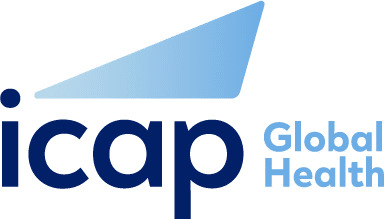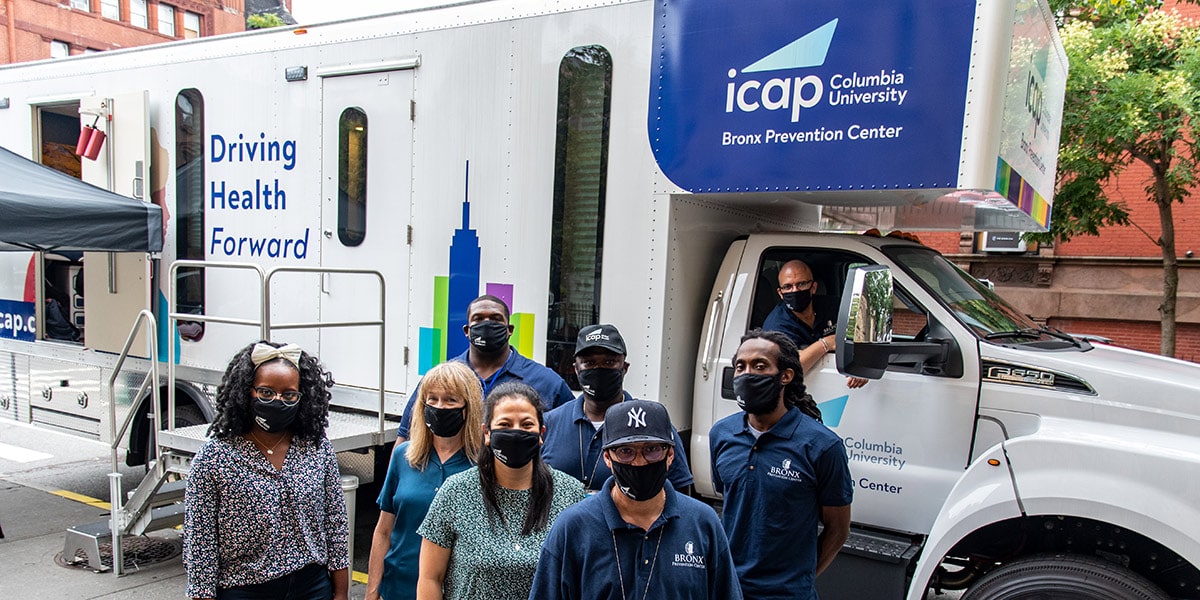Reports and Briefs
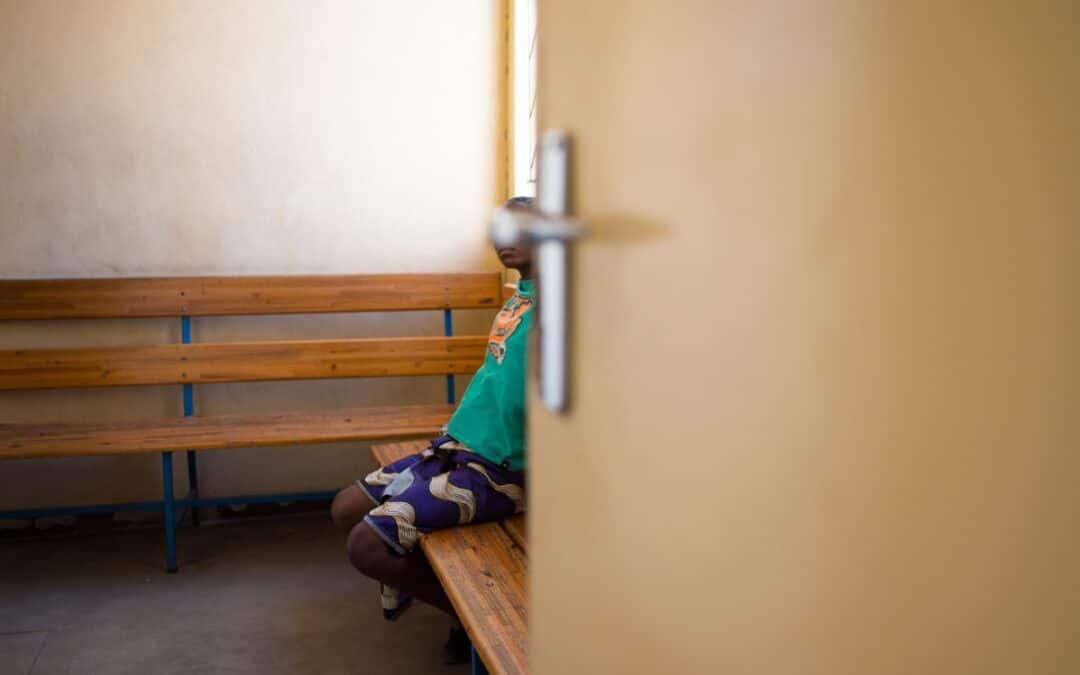
Biobehavioral Survey Among Female Sex Workers and Sexually Exploited Girls in Zambia
The 2023 Zambia biobehavioral survey (BBS) with population size estimation (PSE) among female sex workers (FSW) and sexually exploited girls (SEG) was conducted between March and May 2023 in the towns of Chipata, Kitwe, Lusaka, Mazabuka, Mongu, and Solwezi. The BBS...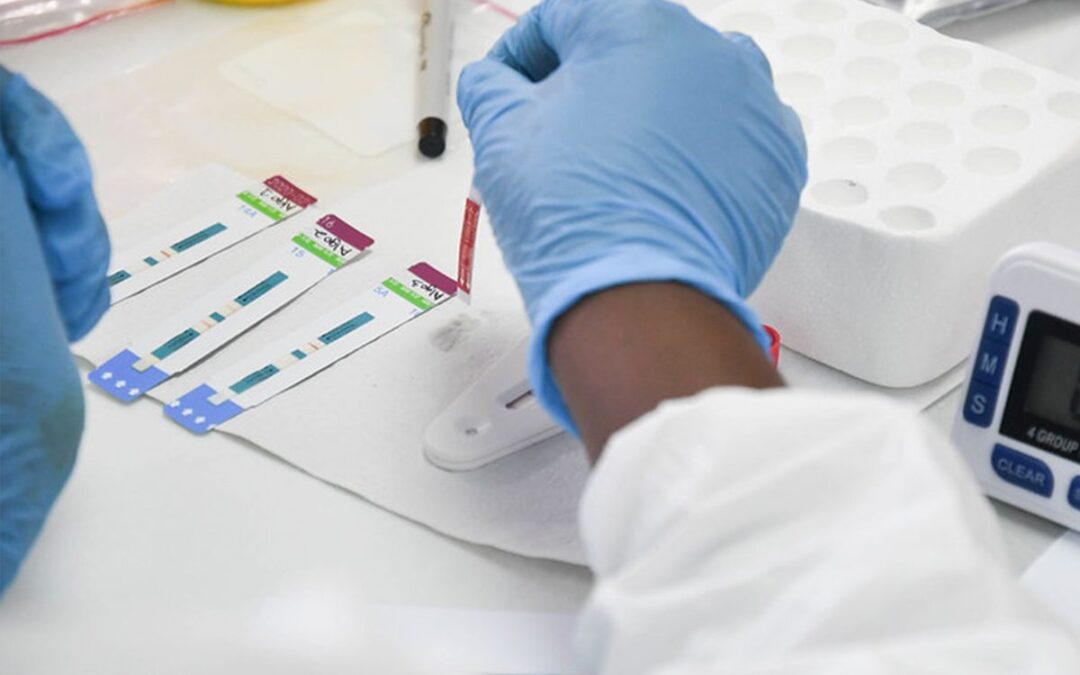
Rwanda HIV Recency Evaluation Study Report
The Rwanda HIV recency evaluation study was conducted between August 2021 and October 2022 across 60 health facilities in all five provinces. The evaluation aimed to measure: 1) whether HIV recent infections are more common in contacts of newly diagnosed persons...
Eswatini Project Implementation Progress Overview
In April 2020, ICAP received a Fleming Fund Country Grant from the UK Department of Health and Social Care under its Fleming Fund program to support the Government of the Kingdom of Eswatini to strengthen the country’s surveillance of antimicrobial resistance...

